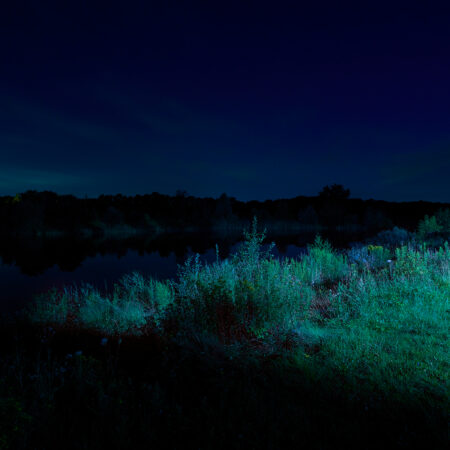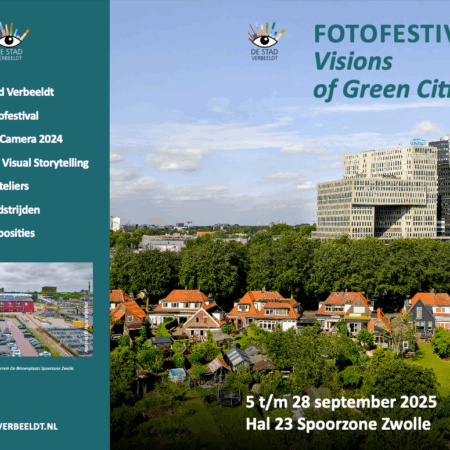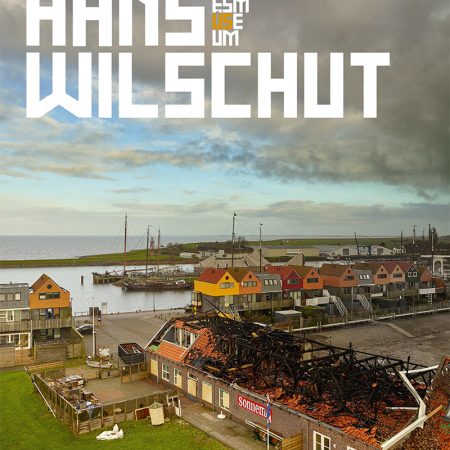Futuristic station in space

by Xandra de Jongh
For those who are not aware of the current trends in contemporary photography, there are basically only two themes of which you should know: vulnerable adolescent girls and urban landscapes. These are the two most dominant topics in all of the art photography you see today. In order to broaden your knowledge, it is helpful to realise that portraying teen girls has fallen out of artistic favour in the meantime. Imitators of trendsetter Rineke Dijkstra have completely exhausted the subject.
In contrast, the urban landscape as theme is on the rise. Insane metropolises, endless new construction, non-descript building sites; for the time being, worldwide urban growth offers sufficient visual perspective. This is not to say that documentary photography is playing a role in the embrace of this subject. The fascination for the urban landscape begins and ends with the desire to create one’s own reality. The photographic images “usually blown up to oversized formats“ are staged or otherwise manipulated. Favourite methods include messing about with scale, light and sharpness depth. To put it bluntly, the result in all of these photographs is often the same: the aestheticization of the urban landscape. You can see this manipulated aestheticization in photographer Hans Wilschut’s work, too. A modest selection of his work is on display as part of the photography festival ˜the minor difference” in the de Wieger museum in Deurne. Using a technical camera, Wilschut photographs industrial and urban landscapes around the world, preferably in the evening and at night. By exposing the photographs longer than necessary, he uses the urban materials of stone, glass and concrete to conjure up a hidden city consisting exclusively of light and colour. The result is images of fictional landscapes. In Wilschut’s hands, the reality of a building site, cranes in motion and bright builder’s lights are transformed into a futuristic space station. A drilling rig in the sea becomes a glittering city of mirrors. Wilschut has shot a number of photographs during the day. The city being built out of sand in the desert nation of Dubai shimmers before you like a mirage in the thin light. A parking place full of cracks and weeds resembles a satellite photo of deserted islands covered with tropical vegetation. And yet there is more to Wilschut’s hidden city than just stylised images. In his works, which emphasise man’s interference with the landscape (people are even part of the picture), he manages to explore a different layer. Sometimes this is only revealed by a minor detail. Consider the sole light burning in apartment 11071-C, in an otherwise deserted colossal newly built residential complex. Using these types of details Wilschut brings the urban landscape into focus as the materialised ode to the desires of man.


